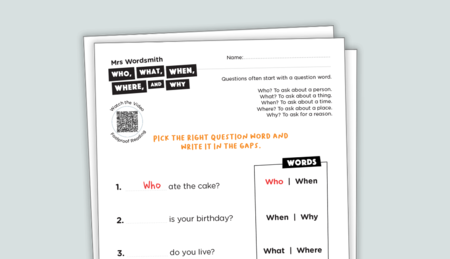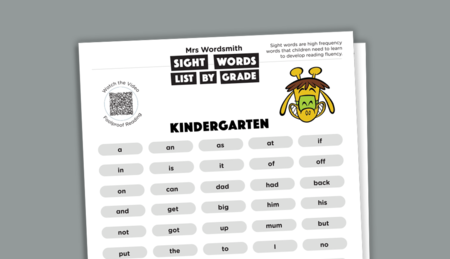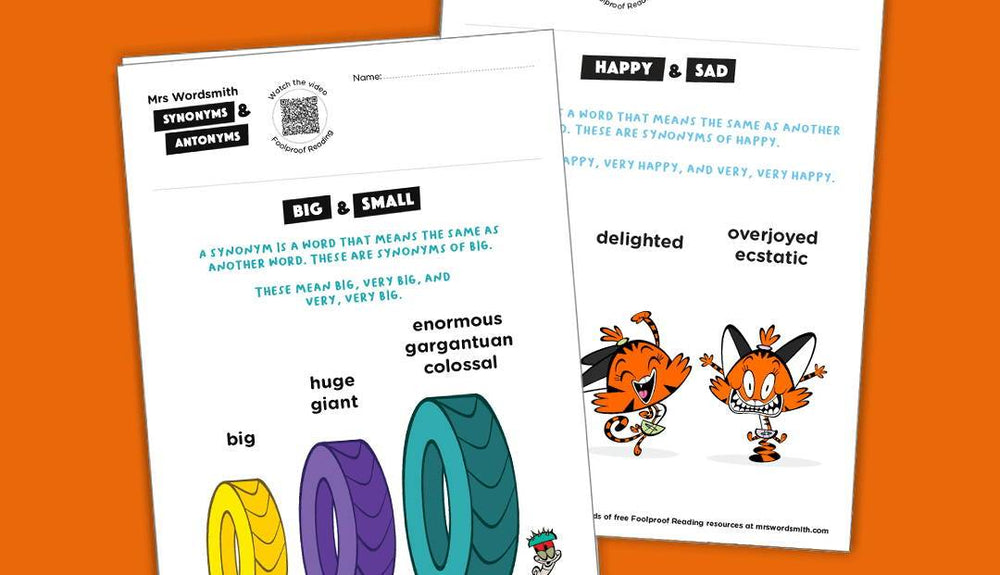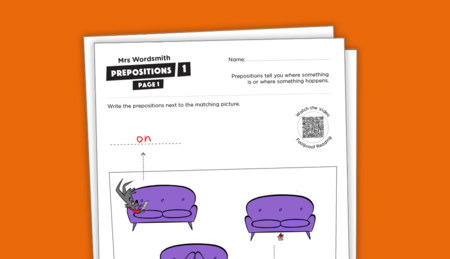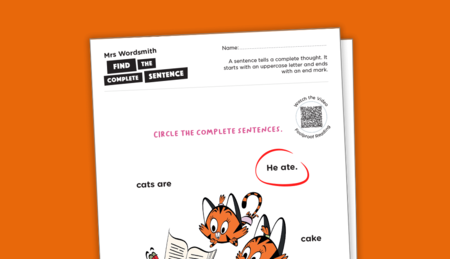A phoneme is the smallest unit of sound. A phoneme is the sound associated with a letter or group of letters (grapheme). Each different sound in a word is a phoneme. For example, the letter t makes the sound /t/ as in tap. Phonemes are often represented by more than one letter or combination of letters. For example, in ship, sh makes a single sound that corresponds to two letters (grapheme).
How to help your child with their daily phonemes practice
Once your child is introduced to phonics at school, you can help them revise the phonemes (sounds) they are learning at home. To do this, download our phonemes-graphemes correspondences sheets below which include a QR code with the correct pronunciation of each sound.
How to use are phonemes sheets
- Find the phoneme (sound) that you want to focus on, based on what your child has been covering at school
- Scan the QR code with your device and listen to the phoneme (sound)
- Repeat the phoneme (sound) several times with your child
- Be careful to repeat it as you hear it in the audio clip. A common mistake that people who are not trained in phonics make is that they add a vowel sound at the end of each consonant sound, so that instead of saying ‘b-b’ or ‘g-g’ they say ‘bah’ or ‘gah’. Do your best to pronounce the consonant alone, as this is the individual phoneme (sound) that you need to focus on.
- Then focus on one of the graphemes (letters) that correspond to the phoneme (sound), depending on what your child has been covering at school. Repeat the phoneme while looking at the grapheme (letter or group of letters)
- Look at each example word and help your child notice where the phoneme is placed within the word
- Try to come up with other words with the same sound (phoneme) and the same spelling (grapheme)
Daily sound practice
Amelia Mehra
Mon, Jun 12, 23
3 minutes read

Deep Dive
Read our report on the Science of Reading. Research-based reading instruction must incorporate the 5 pillars of reading: phonemic awareness, phonics, fluency, vocabulary, and comprehension. This report provides an easy to understand overview of each of these pillars and explains the important connection between how the brain learns to read (the Neuroscience of Reading) and how we teach children to read (The Science of Reading Instruction). It also explains why helping children build connections between letters and sounds, through phonics and phonemic awareness, is so crucial for the developing reading mind. This report is perfect for sharing with colleagues and friends!CCSS ELA Literacy K-2,Foolproof Phonics App,ELA K-2,ELA Kindergarten,ELA 1st Grade,ELA 2nd Grade,
Explore more on
Related Free Resources

Vowel sounds chart
Amelia Mehra
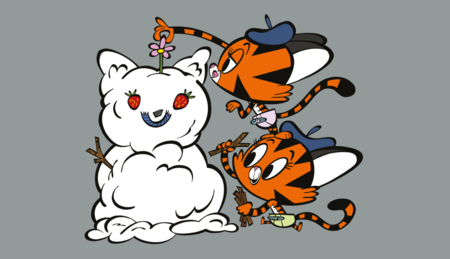
Phonics instruction phase three: more phonics
Amelia Mehra

Phonics instruction phase two: phonics
Amelia Mehra
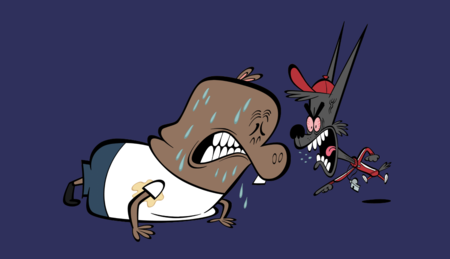
What is phonemic awareness?
Amelia Mehra

What is a phoneme?
Amelia Mehra
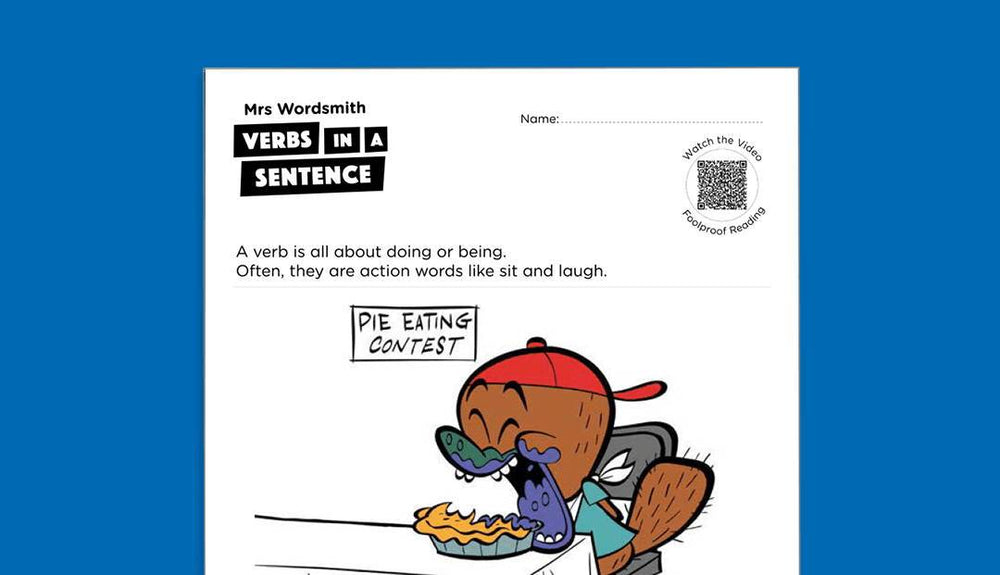
Verbs in a sentence
Amelia Mehra
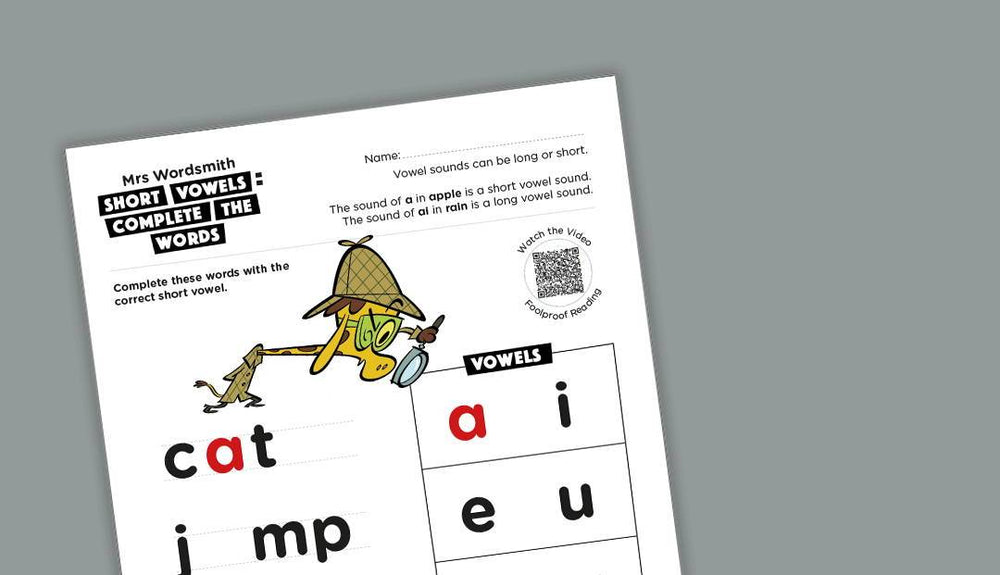
Short vowels: complete the words
Amelia Mehra
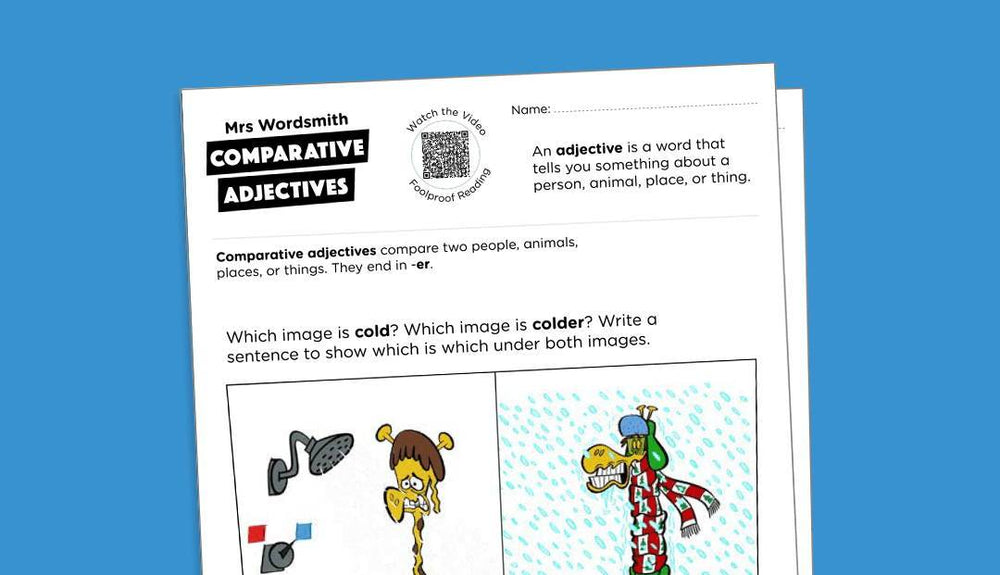
Comparative adjectives
Amelia Mehra
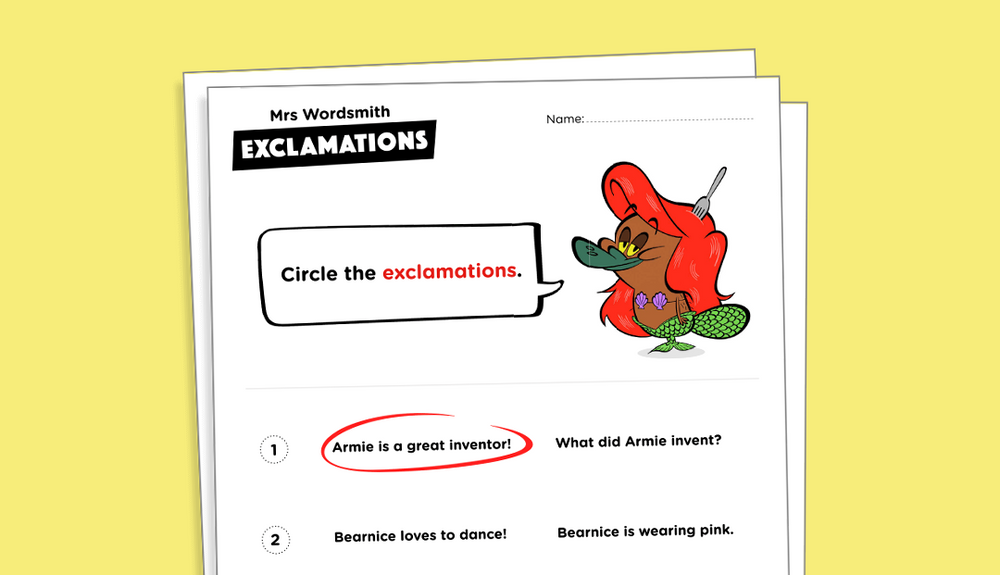
What is an exclamation?
Amelia
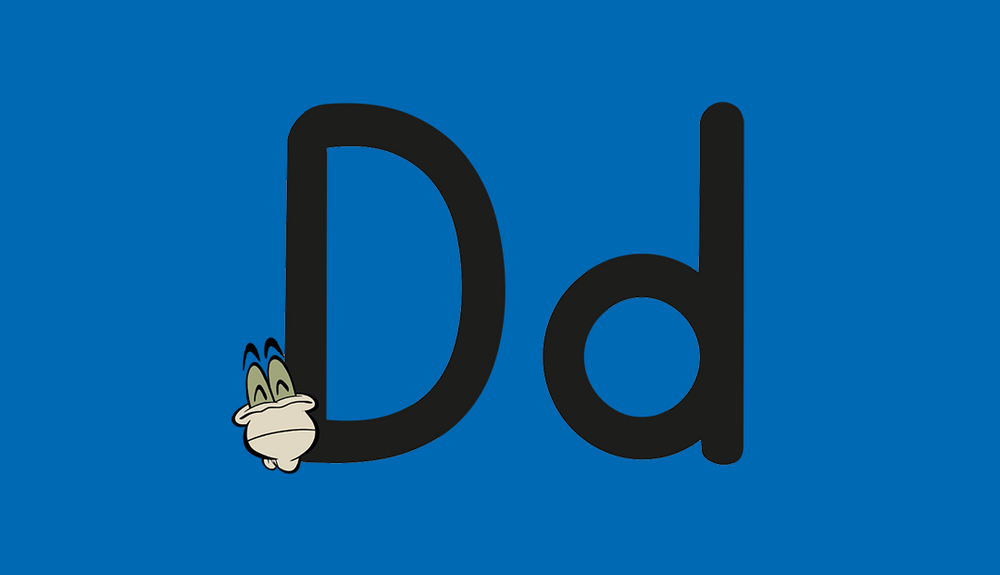
The letter D
Amelia
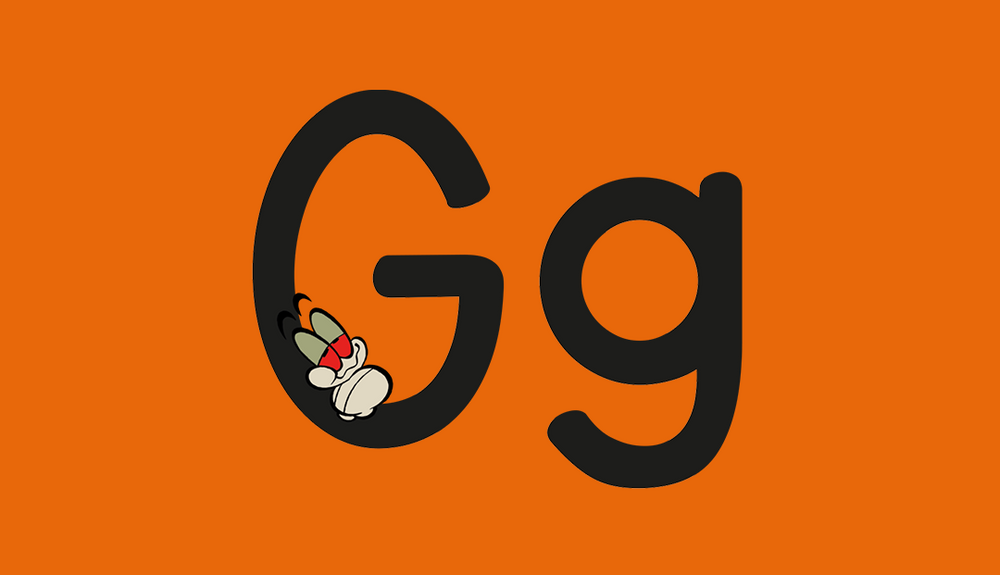
The letter G
Amelia
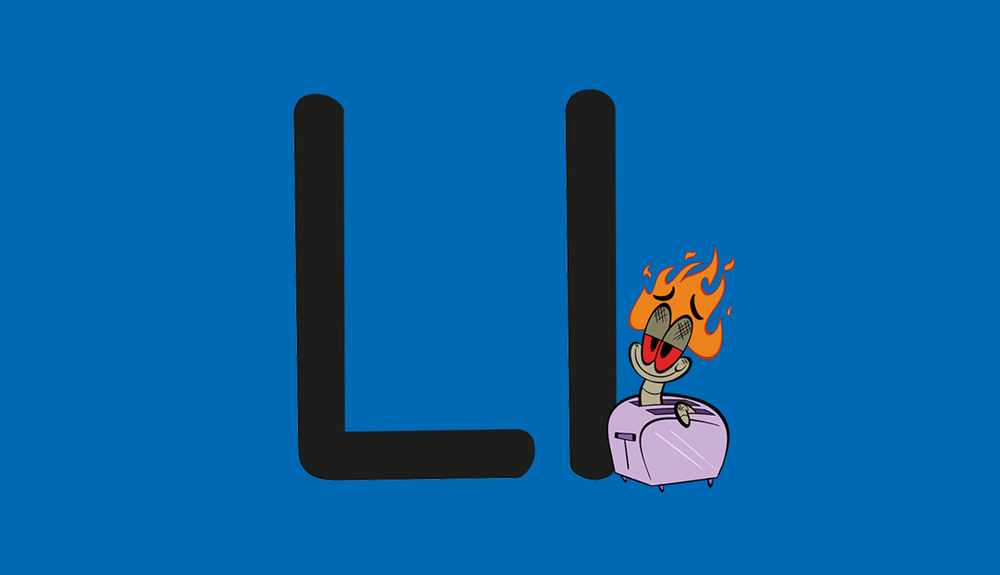
The letter L
Amelia
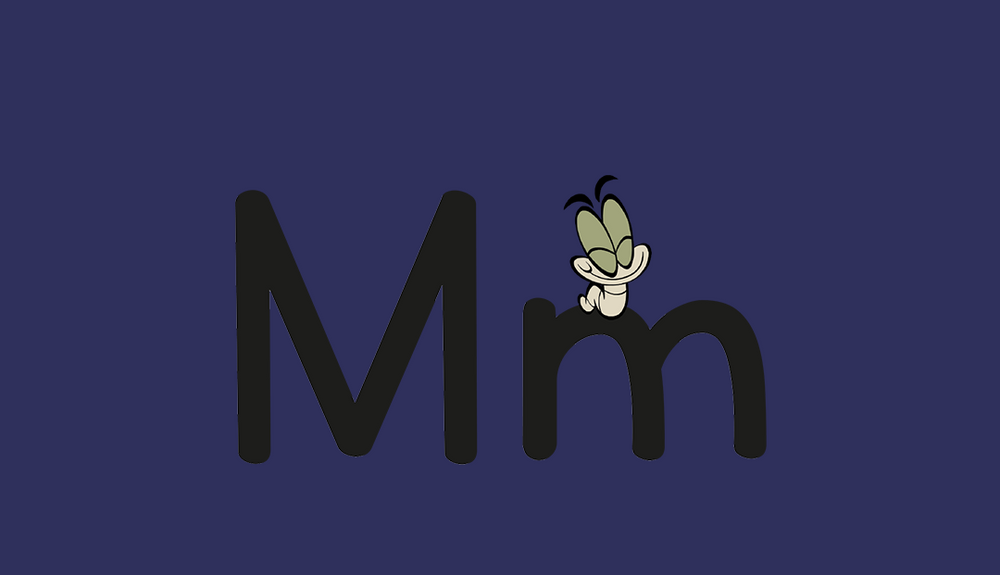
The letter M
Amelia
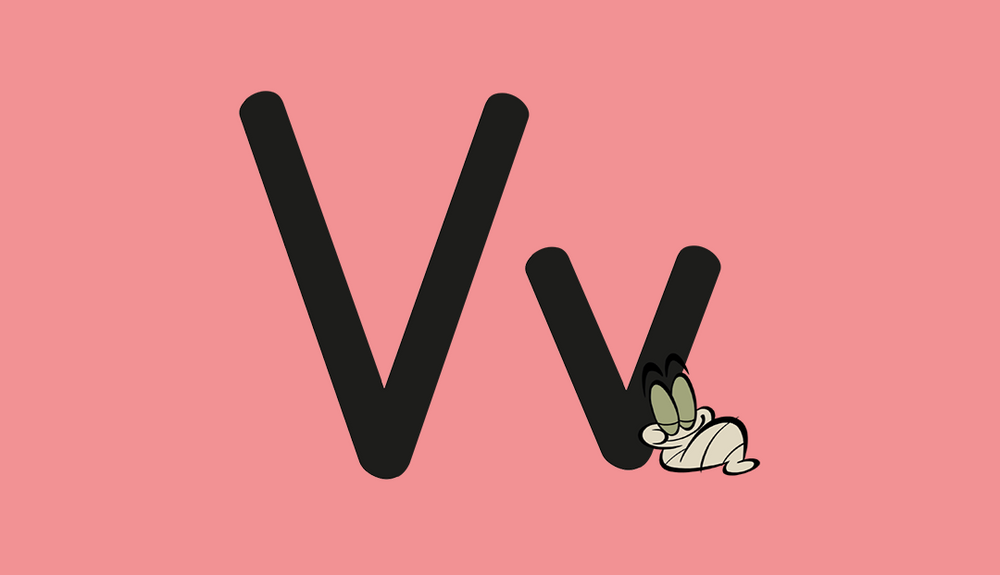
The letter V
Amelia
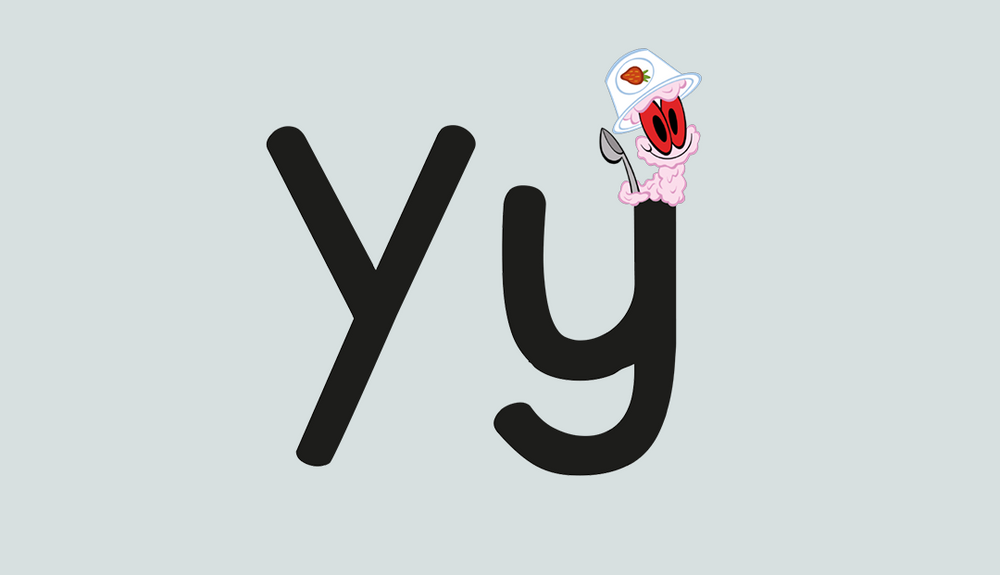
The letter Y
Amelia
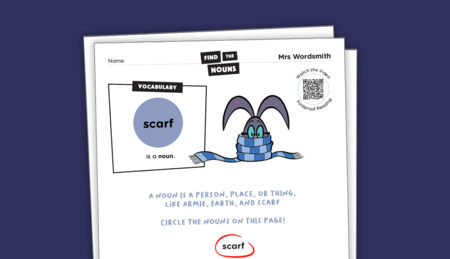
What is a noun?
Amelia
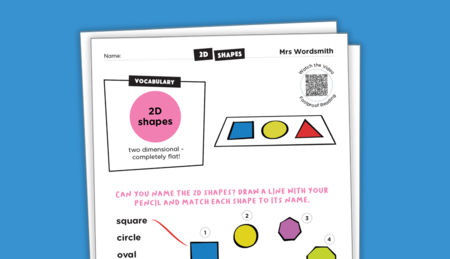
2D shapes
Amelia
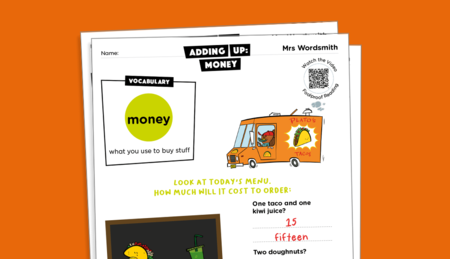
Adding up: money
Amelia
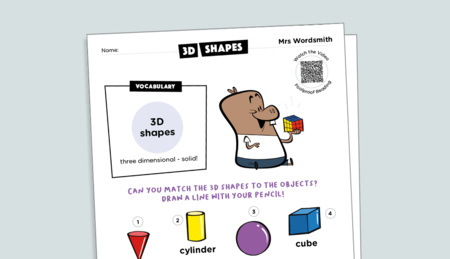
3D shapes
Amelia
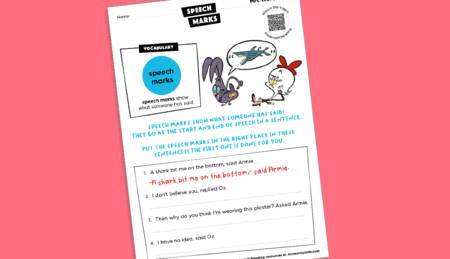
Speech marks
Amelia
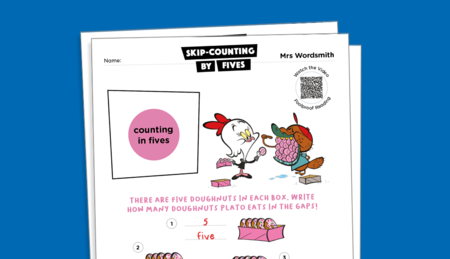
Skip-counting by fives
Amelia
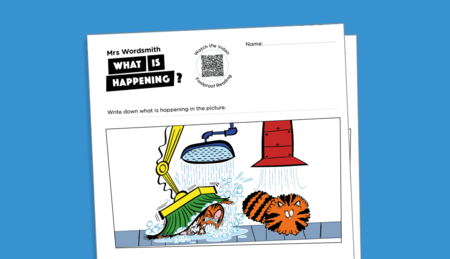
The main idea: part 2
Amelia
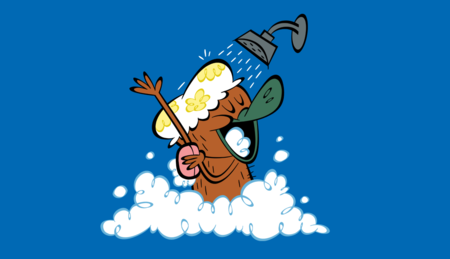
What’s the difference between learning the alph...
Amelia Mehra
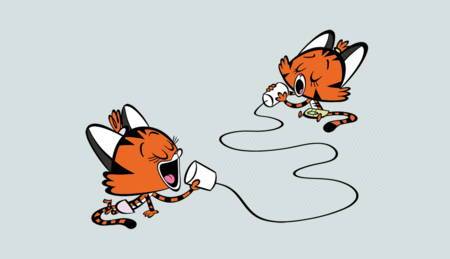
Teaching phonemes
Amelia Mehra
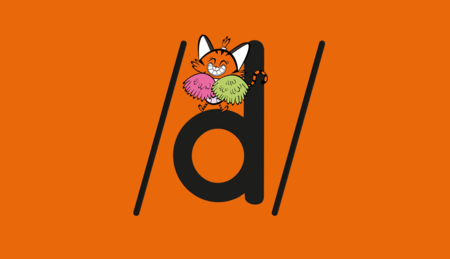
The phoneme /d/
Amelia Mehra
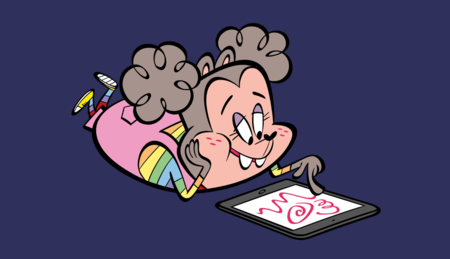
When and how do children learn phonics at school?
Amelia Mehra
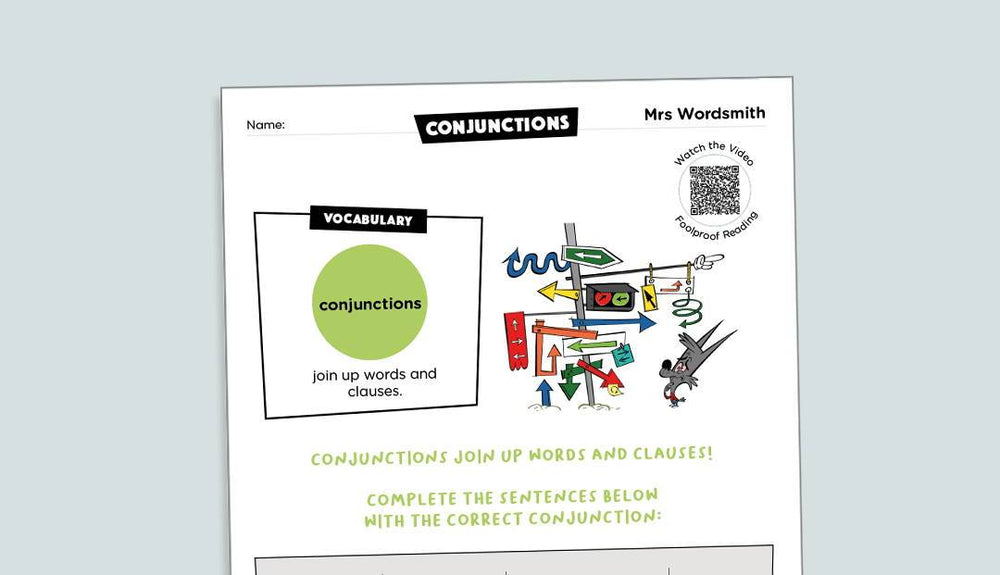
Conjunctions
Amelia Mehra
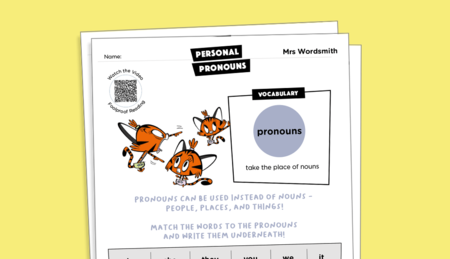
Personal pronouns
Amelia
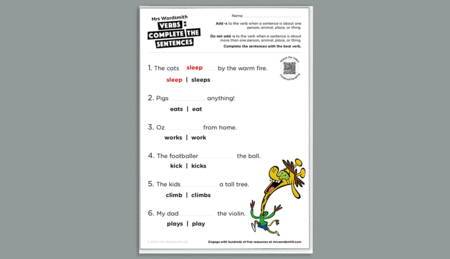
Verbs: complete the sentence
Amelia
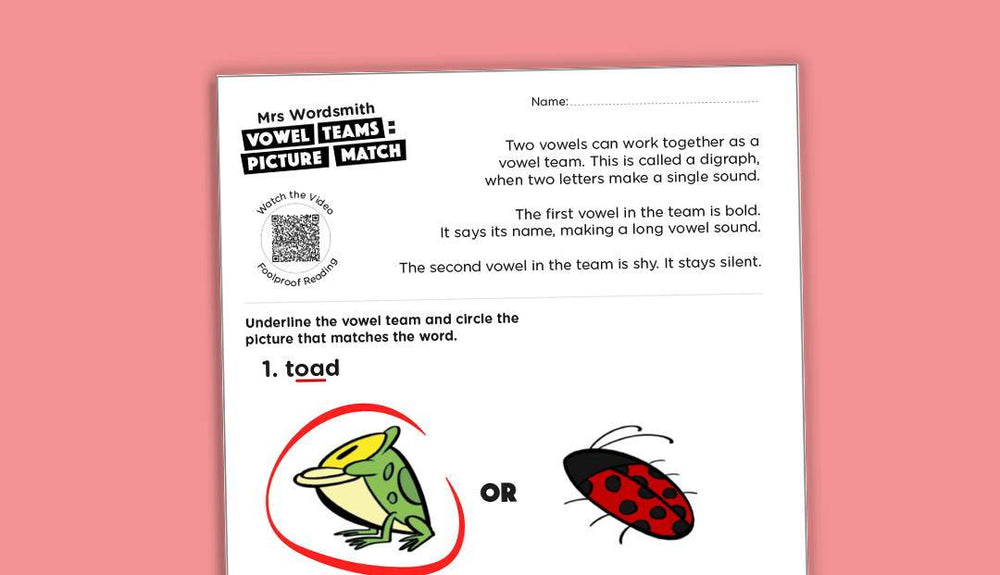
Vowel teams: picture match
Amelia Mehra
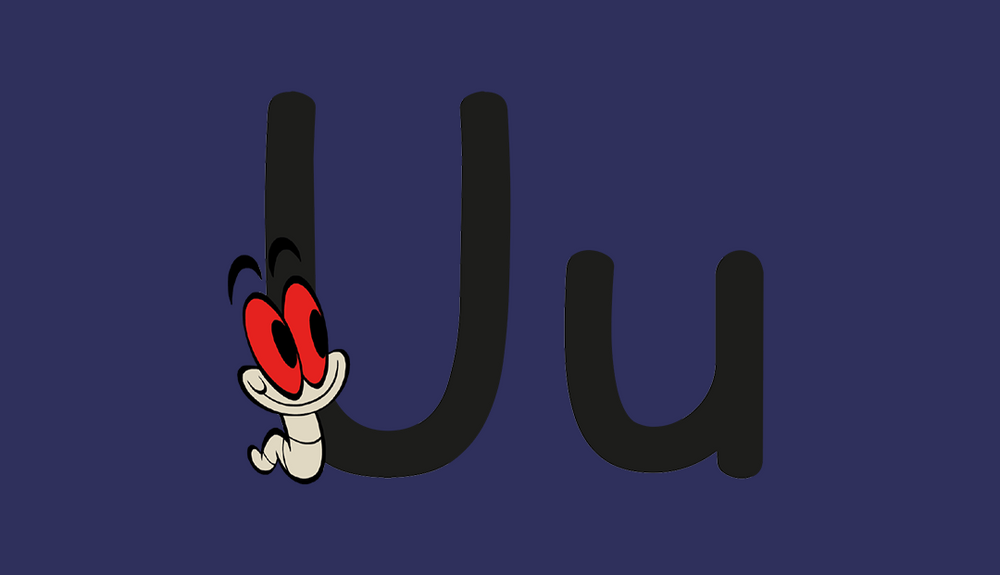
The letter U
Amelia
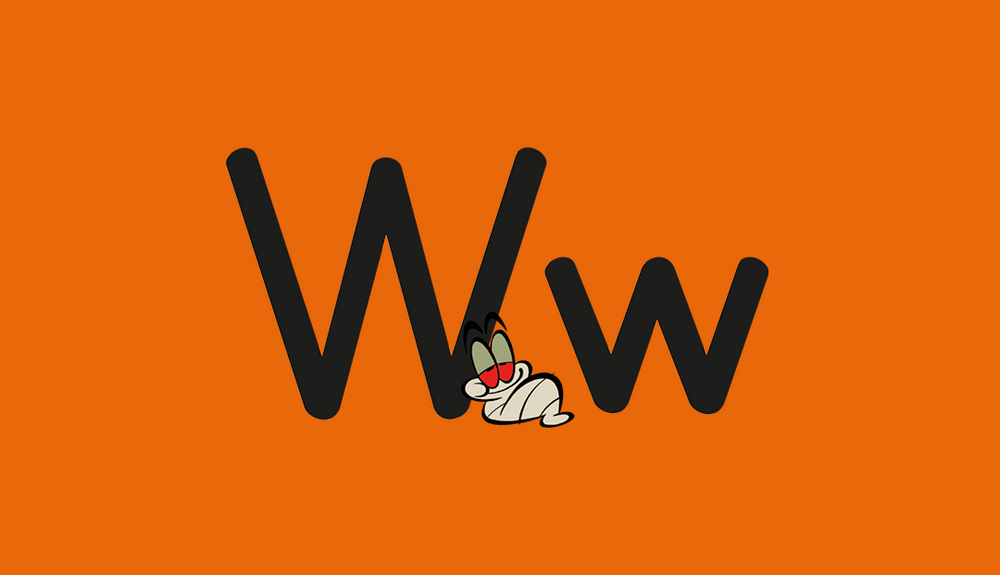
The letter W
Amelia
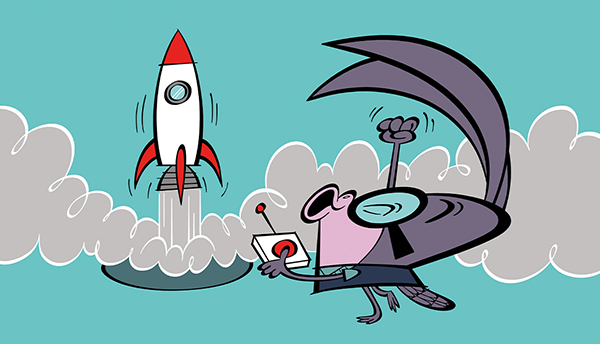
Lesson plan: short vowels
Amelia Mehra

Lesson plan: self and creativity
Amelia Mehra
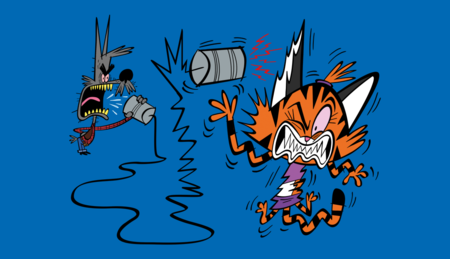
What is phonics?
Amelia Mehra
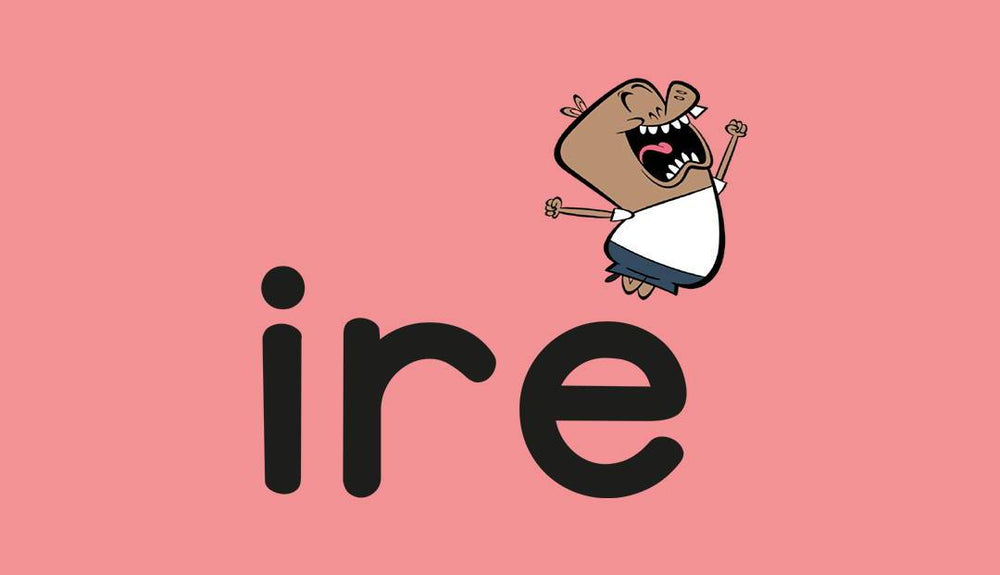
The grapheme ire
Amelia Mehra
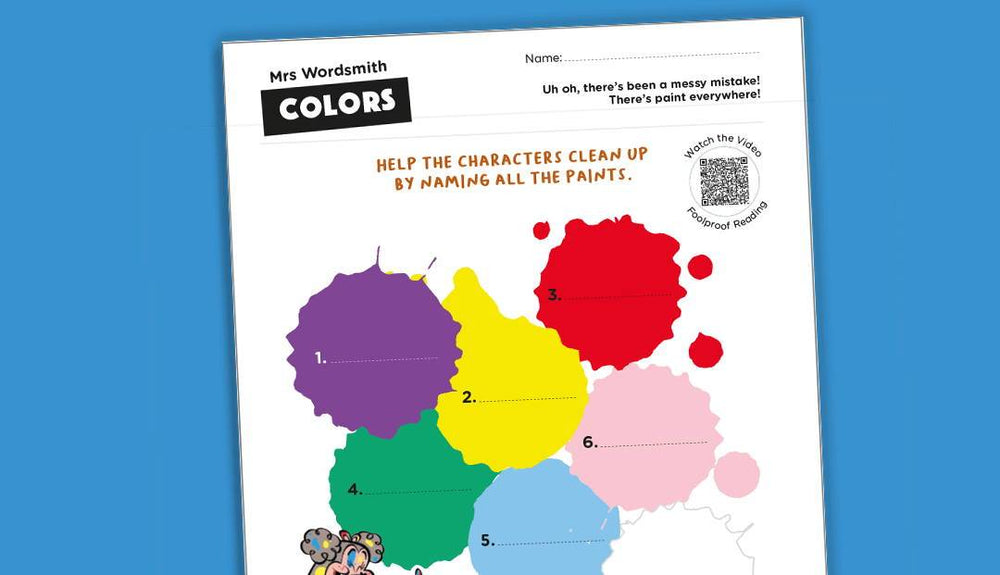
Color words
Amelia Mehra
X


